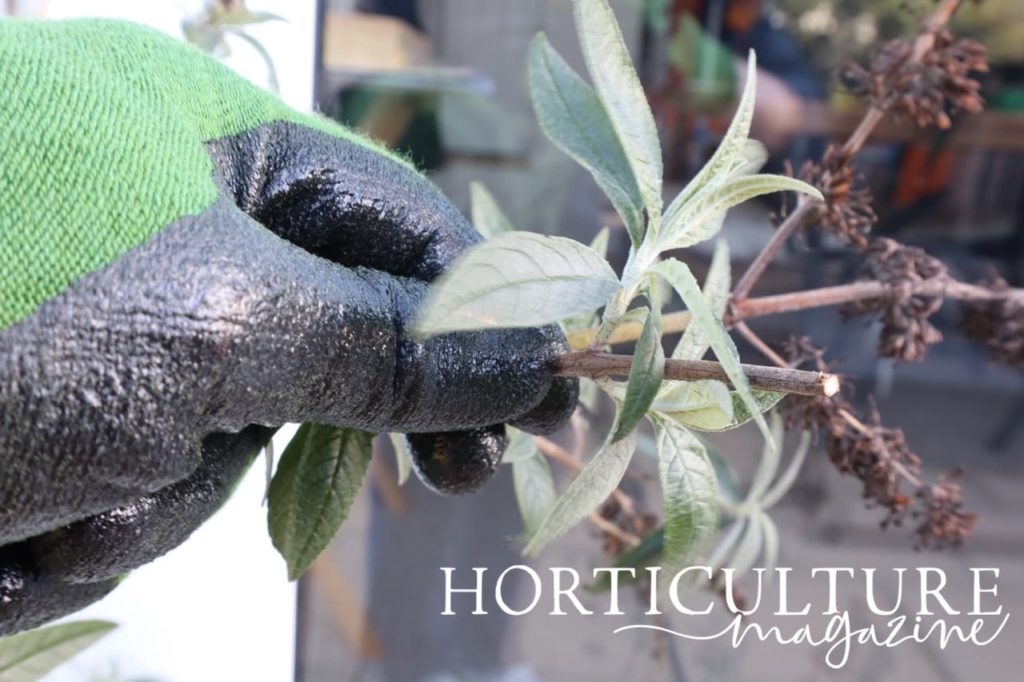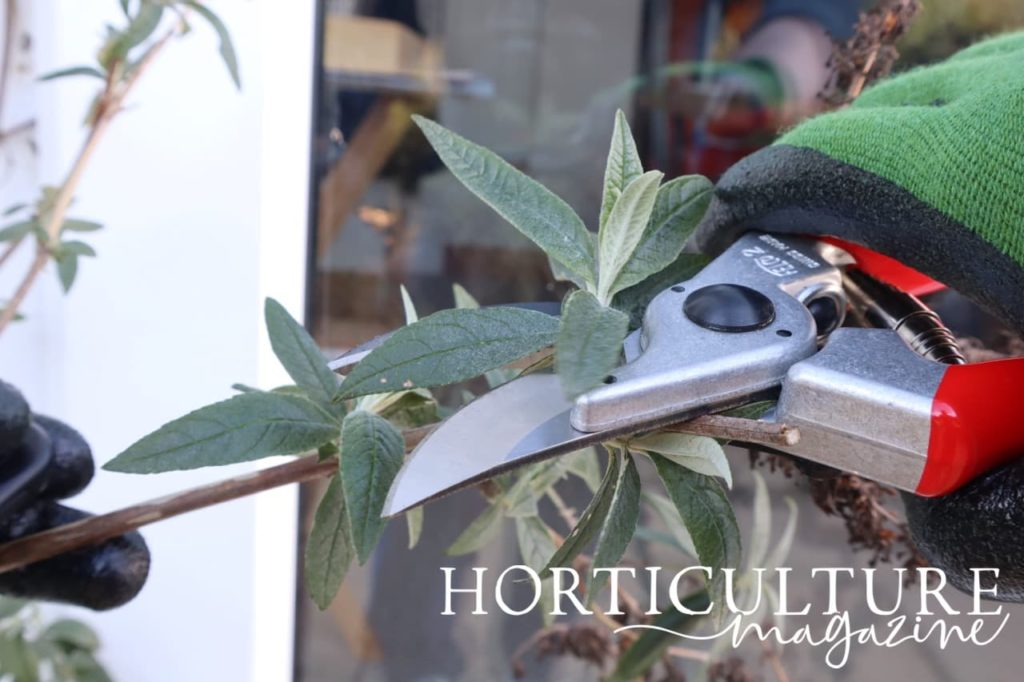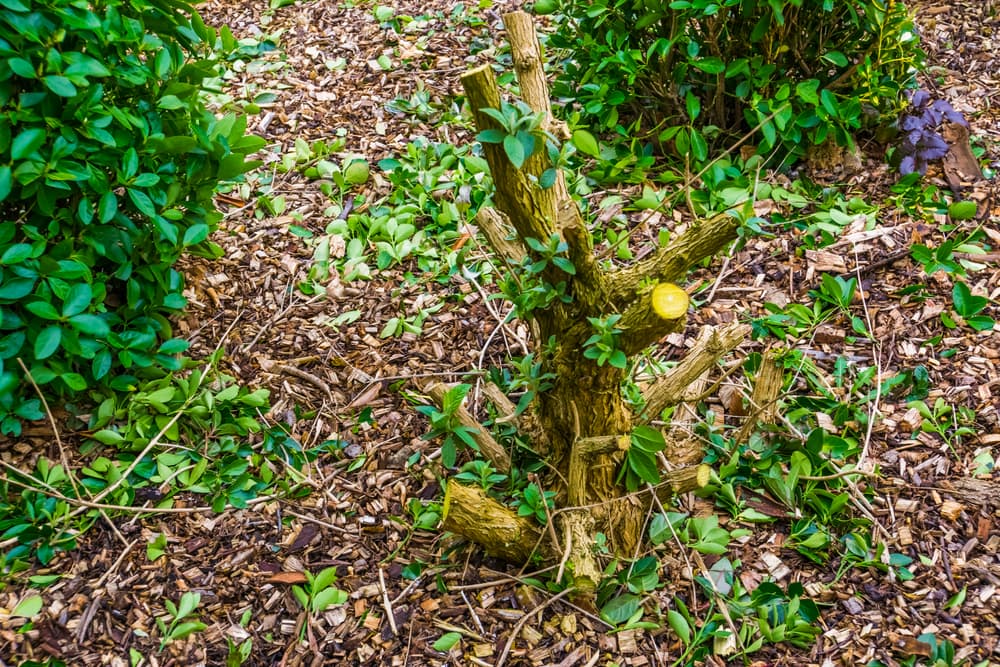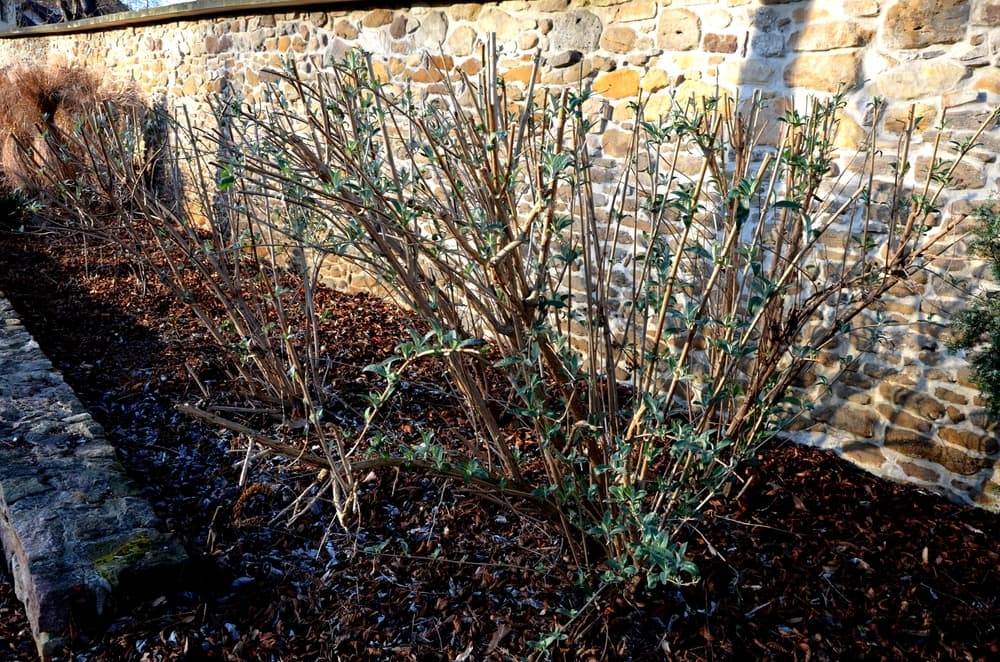Chris is a gardening writer and nature enthusiast. He graduated from Oxford Brookes University in 2022 with an MA in Psychology. Chris works with the Leeds Green Action Society, helping their food cooperative by growing various fruit and vegetables on their two allotments in Hyde Park, Leeds.
Reviewed By PETER LICKORISH

Peter is a Horticulture Lecturer and self-employed Horticulturist, with a passion for diverse areas of the industry - from garden design to the science behind plant growth and propagation. He has completed the Royal Horticultural Society’s Master of Horticulture (MHort) Award and lectures on RHS courses at Bedford College.
IN THIS GUIDE
BUDDLEJA GUIDES
The summer-flowering buddleja is easy to grow and just requires some yearly pruning to look wonderful.
Commonly known as the ‘butterfly bush’, the aromatic flowers and spectacular blooming displays of buddleja are a favourite nectar source for butterflies.
To help you enjoy the most out of your buddleja, this guide explains how and when to prune this fast-growing and flowering shrub.
Why Prune Buddleja?
Pruning refers to the removal of dying, dead or overgrown stems or branches to promote and encourage plant growth.
Pruning helps to promote the well-being of shrubs such as encouraging them to grow properly and improving their quality.
Most plants, including shrubs such as buddleja, benefit from maintenance and pruning.

When caring for your shrubs, it is important to think of the two aspects of pruning.
First, remove dying, dead, damaged or loose stems and branches from your plant.
Then, prune back long stems on overgrown plants.
Think of pruning as removing what’s harmful or useless to your shrub and training it on how it “should” grow.
When To Prune Buddleja
Left unpruned, buddleja will grow exceptionally large and all you will see are tangly twigs with lanky blooms right at the tips of the stems.
Unless this is the look you are hoping for (and we can guess it is not), it is important to nail your pruning skills.

Most buddleja flower on branches that grow in early summer, so ideally, you should prune your plant in early spring (usually March is recommended).
However, severe frost (that sometimes arrives in spring thanks to the unpredictable British weather!), can cause damage to buddleja, so when to start pruning often depends on the weather.
Keep a keen eye on the weather forecasts; if there is any mention of prolonged freezing temperatures or snow in the coming 10-day forecast, hold off from pruning a little longer.
Bear in mind that buddlejas bloom on new wood.

Even if there is no sign of damage or rot to the existing branches, cutting all the branches back near the ground in early spring will encourage beautiful blooms when the flowering season arrives.
“If you have lots of buddlejas, especially if they’re in a group, you could delay the pruning of some of them until May,” says Master Horticulturist Peter Lickorish.
“These plants will flower later, so can increase the flowering period.
“However, if you plan on leaving the main prune for later, it is worthwhile pruning any tall, thin, wispy branches back by around half after flowering, in autumn.”
How To Prune Buddleja Perfectly
The right equipment can turn your garden from average to awesome, so before you start pruning your buddlejas, make sure you have secateurs, a pruning saw, and long-handled loppers in your tool kit.
Using your secateurs, start by trimming back the top growth to around half its original height.

This will make it easier to see what you are doing and will give you better access to the base.
Next, grab your loppers or pruning saw and cut through the thick stems, at around 30cm above ground level.
Don’t worry about being too scissors-happy; buddlejas are extremely vigorous and will quickly regrow.

If possible, prune just a little higher than a growing shoot or bud.
If you would prefer the plant to grow more than 3m in height, you should aim to leave the stems up to about 60cm long.
Staying with your pruning saw or loppers, remove any dead branches or stubs.
To minimise the chance of dieback, try to cut these back flush with the trunk.

While you are doing this, remove any twiggy growth that you see growing from the base and thin out any crossing branches that you come across, removing the weakest one if two collide. Spent flower heads will also be removed at the same time.
Again, do not fret about being too heavy-handed – this shrub will bounce back with a vengeance!
While pruning buddleja, you should aim to produce a short but solid framework of five to six main branches, as Peter explains:
“You may wish to slightly taper the height, so that the taller branches are in the middle.”

Don’t worry if you cannot see many green shoots; buddleja will generate new growth from beneath the bark.
Before finishing up (and making yourself a well-deserved brew!), lightly fork around the base to loosen any compaction you’ve caused by walking over the soil, and apply a mulch to the surface to suppress weeds and retain moisture.
Top Tips When Pruning Buddlejas
- Stems you are keeping should be at least a foot tall. Trimming any shorter could cause damage to the shrub, so you should stop pruning when your stems are about a foot in length.
- Your buddleja should look a little like a stag’s antlers when you have finished pruning.
- Do not worry about how much you cut from the shrub. It is this intense pruning that helps the buddleja grow new flowers when the rainy season stops.
- Buddlejas can appear overcrowded if too many branches sprout out at once. If your buddleja looks thick or crowded, completely remove a few of the older branches to ground level, or where they join another, rather than just trimming them back.
- Buddleja flowers in lots of places. Both the main stems and side shoots can flower, so you should look in all places when you are seeking out dead flowers.
You’ve Blooming Learnt Lots!
Thanks for reading our buddleja pruning guide. Hopefully, you will now be inspired to maximise the potential in your beautiful garden.
Remember that pruning is essential for your plant’s growth.

By taking care of pruning on the front end, the less work you will need to do in the long haul.
Pruning is all about the long term – and the best things are worth waiting for, after all.

